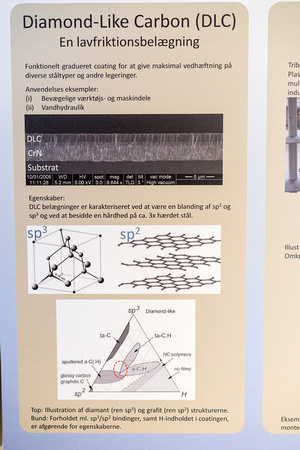A chart on the wall of the PVD Lab tells you the differences in atomic structure between the diamond-like carbon (DLC) surfaces that are vapor-deposited by PVD's machines on the surfaces of various metals and other forms of carbon ranging from graphite to carbonite.
In 2006 Raidho developed the ceramic cone for its C Series drivers, using a chemical process developed by the Israeli Defense Ministry to turn aluminum into super-hard aluminum-oxide ceramic. Raidho's target was to move the primary first-order cone resonance as far up in the frequency band as possible. With the aluminum-oxide ceramic cones, the first breakup mode was raised to 12.5kHz, which set a new standard for moving cone-driver resonances out of the passband.
The diamond cones created in the Tribology Centre's PVD lab are fifty times stiffer and harder than Raidho's ceramic cones. Their first breakup mode has been elevated to above 20kHz, making for a much more seamless blend with Raidho's quasi-ribbon tweeter and superior performance overall.


